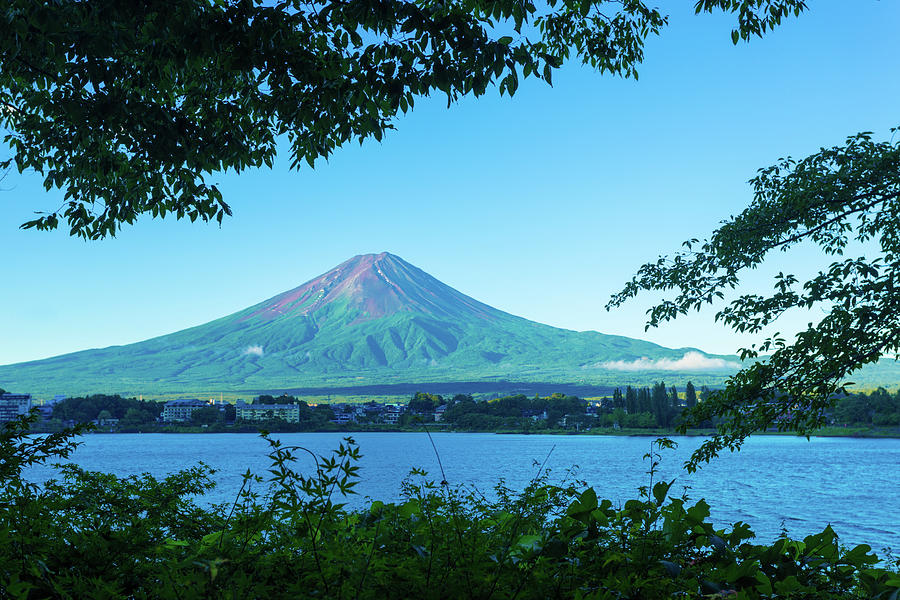Mount Fuji, an enduring symbol of Japan’s natural beauty, has become the center of public intrigue and scientific analysis this season as it remains without snow. Typically blanketed in white by early October, the mountain’s bare slopes reflect a notable record-breaker: this is the latest snow delay recorded on Fuji since snowfall observations began over 130 years ago. This snow-free sight not only stands as a curiosity but also signals broader environmental changes that are likely affecting seasonal snowfall patterns in the region.
Japan’s Meteorological Agency has cited higher-than-average autumn temperatures and a sharp decrease in precipitation as primary causes of Fuji’s snow absence. Data from weather stations near the mountain show a consistent trend of warmer conditions, which are delaying snow accumulation. This shift has drawn attention as temperatures in the surrounding area continue to show mild increases, likely due to global climate change.
Interestingly, while Japan’s western coastal areas have already seen unusually heavy snowfall, Mount Fuji’s location in the country’s central region isolates it from the snow-heavy weather systems affecting the coasts. However, other factors may be at play as well. Data from the Terra satellite, which has monitored Mount Fuji for over two decades, reveals a decline in snow cover across several years, a trend that may indicate a long-term pattern. Some scientists have attributed this to an increase in local temperatures, a consequence of shifting climate patterns that is subtly changing Fuji’s seasonal cycle.
The delayed snowfall on Fuji has not gone unnoticed by residents and tourists alike, with many expressing surprise at the sight of Japan’s tallest peak without its traditional snowy crown. The snow cap on Mount Fuji is not only a natural landmark but also holds cultural and symbolic significance, often evoking a sense of seasonal transition in Japanese culture. The absence of this familiar feature has thus made an aesthetic and emotional impact on those who cherish its presence.
Environmental researchers have turned their focus to Mount Fuji, aiming to better understand the implications of such snow delays. Studies over the past decade have indicated a minor yet noticeable rise in temperature around the mountain, adding to concerns that the trend could intensify with time. This year’s snow delay has sparked further analysis into how local and global climate change may be influencing the snow cap, potentially heralding future seasons with less or delayed snowfall on Mount Fuji.
While unseasonably warm autumns and variable snowfall are not entirely new, the extended snow absence this year suggests that Mount Fuji may continue to experience shifting snowfall patterns. This unusual delay raises questions about whether similar phenomena may appear more frequently in the years to come. By monitoring local climate data, satellite images, and weather changes around Fuji, scientists hope to predict and prepare for what these shifts might mean for Japan’s iconic mountain and for the broader region’s climate stability.

